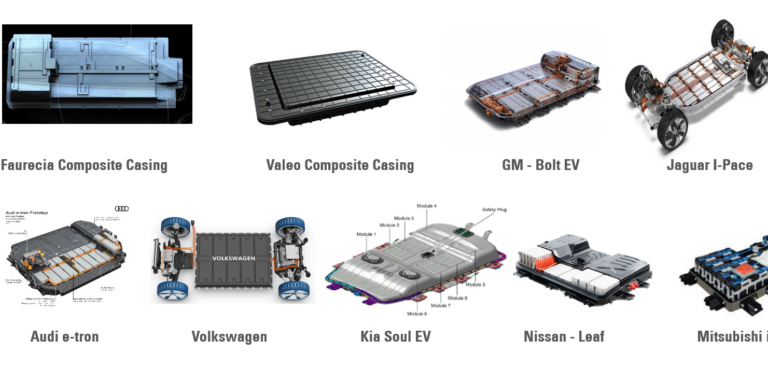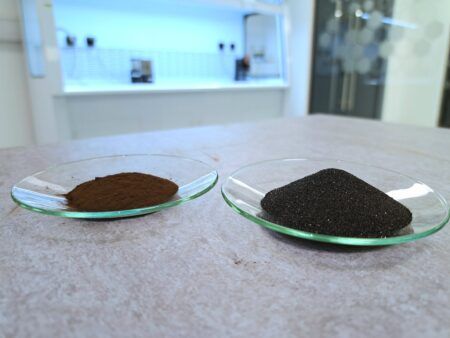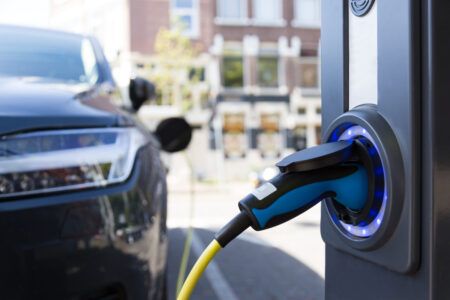The demand for electric vehicles is increasing and with it the need for lightweight and robust battery casings. A large number of different battery casings with very different component concepts already exist on the market. However, these battery casings, which are usually made of aluminum and steel, cannot offer the optimal solution for each of the numerous requirements.
An international industrial consortium will start the joint product development of a multi-material battery casing designed to save costs and weight compared to conventional component concepts made of aluminum and steel.
AZL together with an international industrial consortium consisting of automotive OEM Audi and suppliers along the value chain, including AsahiKasai, Covestro, EconCore, IPTE and Johns Manville and many more, will launch a joint project to develop the multi-material battery casing. The eight-month product development will start with an international market analysis as well as a concept study in which different multi-material component concepts including production scenarios will be developed and evaluated with regard to their costs. Finally, a final multi-material battery casing is designed in detail, which will be manufactured as a prototype in a follow-up project.
The project that emerged from the AZL Partnership instead pursues a multi-material approach that uses the right material at the right place for each specific requirement.
“Battery casings are a key component in electric vehicles. The requirements are challenging and very individual for different vehicle classes,” says Dr.-Ing. Florian Meyer, project management mentor from the Technical Development department of Audi AG. “We are looking forward to the creative exchange with the cross-value chain and cross-material class consortium to find out how we can save weight and costs by using plastic-based multi-material solutions versus status quo solutions made of metals.”]
The AZL will initially draw up a market overview with the industrial consortium that includes existing series components and concepts and identifies the relevant manufacturers, users, suppliers and supply chains on the market. Standards and requirements for battery casings will be derived from the existing components and the advantages of multi-material approaches will be evaluated. On the basis of a detailed data sheet, various product concepts will be worked out and associated production scenarios for multi-material battery casings will be established. The participants can select component concepts for which CAD models, FEM analyses and process chains are developed and finally evaluated with regard to their production costs.





